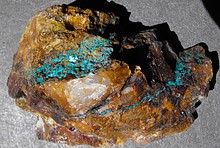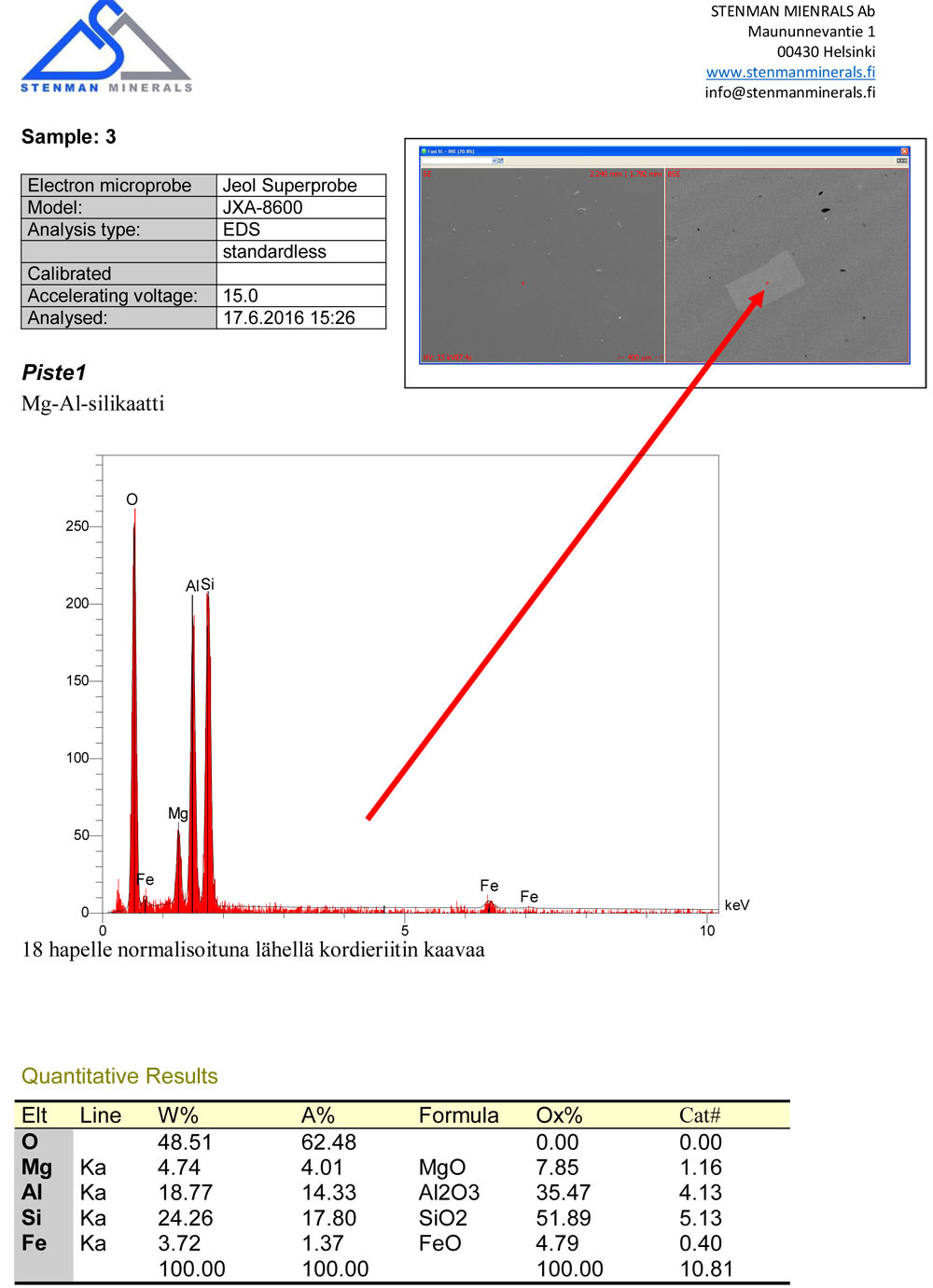Learning CenterWhat is a mineral?The most common minerals on earthInformation for EducatorsMindat ArticlesThe ElementsThe Rock H. Currier Digital LibraryGeologic Time
搜索矿物的性质搜索矿物的化学Advanced Locality Search随意显示任何一 种矿物Random Locality使用minID搜索邻近产地Search Articles搜索词汇表更多搜索选项
╳Discussions
💬 Home🔎 Search📅 LatestGroups
EducationOpen discussion area.Fakes & FraudsOpen discussion area.Field CollectingOpen discussion area.FossilsOpen discussion area.Gems and GemologyOpen discussion area.GeneralOpen discussion area.How to ContributeOpen discussion area.Identity HelpOpen discussion area.Improving Mindat.orgOpen discussion area.LocalitiesOpen discussion area.Lost and Stolen SpecimensOpen discussion area.MarketplaceOpen discussion area.MeteoritesOpen discussion area.Mindat ProductsOpen discussion area.Mineral ExchangesOpen discussion area.Mineral PhotographyOpen discussion area.Mineral ShowsOpen discussion area.Mineralogical ClassificationOpen discussion area.Mineralogy CourseOpen discussion area.MineralsOpen discussion area.Minerals and MuseumsOpen discussion area.PhotosOpen discussion area.Techniques for CollectorsOpen discussion area.The Rock H. Currier Digital LibraryOpen discussion area.UV MineralsOpen discussion area.Recent Images in Discussions
Fakes & FraudsGreen volcanic glass - is this natural or artificial?

30th Jan 2011 09:11 UTCchong wei khee
Does any one knows whether this Green volcanic glass is natural or artificial?
Thanks.

30th Jan 2011 09:18 UTCchong wei khee
Photo of another sample of green volcanic grass.
Pls advise me whether these glass are natural or artificial. Thanks million.

30th Jan 2011 11:00 UTCErik Vercammen Expert

30th Jan 2011 11:31 UTCGuenter Blass
it can be but must not!
In the Eifel-Mounts, Germany, it gives such green or blue volcanic-glasses.
see also extraLapis 34, Eifel, 2008 the article from
H. LOCKER (2008): Edelsteine der Vulkaneifel - extraLapis 34, page 80-86.
Günter Blaß

30th Jan 2011 12:23 UTCchong wei khee
I do not have extraLapis 34, Eifel, 2008 and I cannot read German...:)
Do you means this could be natural? Can share your experience and knowledge with me? Thanks?
30th Jan 2011 12:40 UTCJolyon Ralph Founder

30th Jan 2011 13:34 UTCWayne Corwin
Wayne
30th Jan 2011 14:52 UTCPaul Brandes 🌟 Manager

30th Jan 2011 15:08 UTCChester S. Lemanski, Jr.

30th Jan 2011 16:12 UTCAnonymous User

30th Jan 2011 17:13 UTCGuenter Blass
I say this glass can be artifical or naturel.
In Eifel-Mounts it gives glass with a broad palette of colours (yellow-brown, light-blue, darker blue, light green, darker green). More often than not they are transparent.
I will try to send a pic, next days.
Günter Blaß
30th Jan 2011 17:44 UTCLuca Baralis Expert
May be you can find something about "green obsidian" in Mindat messageboard.
30th Jan 2011 18:44 UTCAdam Kelly
I have natural green obsidian from Ore Vada sp?, Nevada but it is very opaque.

31st Jan 2011 00:03 UTCAnonymous User
As many have previously reported coloured obsidian tends to be more opaque. This can be caused by tiny microscopic inclusions of other minerals (feldspar, amphibole, biotite, quartz) called microlites (not the mineral). They can be observed under a microscope as thin rectangular, sometimes equant crystals that can sometimes form bands and give obsidian its characteristic colour. In the case of dark green obsidian the colouration is caused varying amounts of Fe and Mg. The green colouration can also be achieved as some gas bubbles (vescicles) remained in the lava flow during crystallization creating what is called "rainbow obsidian". You can check it out (for a picture reference) on wikipedia.
Hope this helps

31st Jan 2011 18:28 UTCGuenter Blass
here a pic with blue total transparency volcanic glasses from Eifel Mounts.
More pics later.
Günter Blaß
31st Jan 2011 22:09 UTCAmir C. Akhavan Expert
Scale?
I guess the available amount would not allow the economical production of glass spheres, though. ;)
(actually, if these were in my collection, I would freak out if anybody with lapidary tools got near them :D )

1st Feb 2011 10:50 UTCGuenter Blass
the bigest exemplar on the pic is round about 1.5cm.
It gives rarely also such with 2.5cm.
Also it gives gemstones up to 4ct.
Günter
19th Feb 2011 21:04 UTCUwe Kolitsch Manager
24th Feb 2011 15:15 UTCKristi Hugs

24th Feb 2011 17:07 UTCAlfredo Petrov Manager

24th Feb 2011 18:00 UTCErik Vercammen Expert

8th Mar 2011 04:17 UTCKimberly Hamm of USA
8th Mar 2011 23:41 UTCPaul Brandes 🌟 Manager

9th Mar 2011 01:11 UTCAlan Barnes (2)
Alan
9th Mar 2011 11:59 UTCUwe Kolitsch Manager
It's NOT an obsidian, just a blue natural silica-rich glass.

9th Mar 2011 12:34 UTCSpencer Ivan Mather
Spencer.

14th Dec 2012 22:44 UTCJay Taylor
jt
15th Dec 2012 02:28 UTCJosé Zendrera 🌟 Manager
Green obsidian?
Kaghan Valley, Mansehra District, Khyber Pakhtunkhwa Province, Pakistan
3 x 2 x 1,4 cm
15th Dec 2012 10:40 UTCRock Currier Expert
15th Dec 2012 13:17 UTCOwen Lewis
Worth a close look?
15th Dec 2012 19:52 UTCJosé Zendrera 🌟 Manager
In the Spanish FMF forum there is also a discussion about this and most expert opinions think that is a fake:
http://www.foro-minerales.com/forum/viewtopic.php?p=86715#86715

2nd Mar 2013 21:40 UTCfarshid
What do you think about this?
2nd Mar 2013 21:54 UTCJolyon Ralph Founder

2nd Mar 2013 21:59 UTCfarshid
3rd Mar 2013 02:04 UTCAdam Kelly

3rd Mar 2013 09:39 UTCfarshid
I need your help
Plz give me your email address

17th May 2013 03:53 UTCLeor Goldberg

23rd Feb 2014 00:33 UTCTom Kap
Inclusions if I remember correctly is wollastonite .
The Story about Mt St Helken vocal antic ash being use is a load of crap.
Used by sellers to misrepresent true origin .
Lots of "strawberry Qtz" that is just cinnabar infused glass on the market now as well
Regards tom kapitany

28th Feb 2014 02:59 UTCMike McEachern
Alyson Lighthart Ponomarenko (Geoarchaeology Volume 19, Issue 1, pages 71–91, January 2004). It describes the archeological history and geological placement of obsidian flows in Sierra Las Navajas, “the Pachuca obsidian source" which was an important source of obsidian to Middle Americian cultures for thousands of years. Much of the obsidian from this area is green and the type V obsidian in particular is transparent Coke bottle green.

24th May 2014 15:47 UTCjerry

18th Jul 2014 03:04 UTClorna kuzina

22nd Sep 2014 18:19 UTCDani Watkins

31st Oct 2016 02:15 UTCIstian
I recently bought a chalcedony from my trusted indonesian middleman vendor. Out of curiosity, I asked him about Natural Obsidian / Volcanic glass from his country because I see some of it being offered online in different nuances of blues and greens. He said that yes it's naturally mined and there are two types of it -- the obsidian glass usually slab/rough form and the "cyclop papua" which are spherical rough forms. But he says I have to beware though because some artificial man-made glasses are also being sold as "obsidian" in the market. And so I asked him if he could find me a natural volcanic glass obsidian rough. The real stuff. --- and after a few weeks of sourcing, he showed me this greenish gemmy obsidian rough with a few white cotton-like spheres inclusion/patches. He says that his source miner & seller have only this piece because it's Langka (or "rare" in english) and out of his few chunks of obsidian roughs, this is the only one with white spots he has and it comes by not very often.
A Gemmy Green Snowflake Obsidian? Hmmm... It could be :)-D hopefully :-D
31st Oct 2016 09:48 UTCŁukasz Kruszewski Expert
31st Oct 2016 13:45 UTCSteve Hardinger 🌟 Expert
31st Oct 2016 18:42 UTCUwe Kolitsch Manager
"He said that yes it's naturally mined and there are two types of it"
They say that all the time...

31st Oct 2016 19:15 UTCJay Taylor
jt
31st Oct 2016 19:33 UTCDavid Von Bargen Manager
31st Oct 2016 19:57 UTCAndrew Debnam 🌟
frit https://en.wikipedia.org/wiki/Frit

31st Oct 2016 20:01 UTCAlfredo Petrov Manager

1st Nov 2016 00:32 UTCjt
jt

1st Nov 2016 17:58 UTCJyrki Autio Expert
Small blue dots seem to be cordierite and even smaller needles not visible in picture probably sillimanite.
Any idea what causes the blue color in glass? The glass was not probed.
1st Nov 2016 18:09 UTCAndrew Debnam 🌟

1st Nov 2016 18:16 UTCAlfredo Petrov Manager

17th Nov 2016 01:56 UTCAlexander Ringel
17th Nov 2016 07:52 UTCJoel Dyer
Sorry I forgot again to send you the epoxy preparate & other obsidian pieces I polished, prepared, investigated & had analysed. Will mail them to you...
Below's a closeup picture of a 1-1,5mm slice of the blue-gray obsidian in epoxy. Even using my Tiyoda 65x smack-up against the surface and the Lomo NA 1,25 condensor lens it's hard to get enough halogen light beam through the opaque material. Light is transmitted plane-polarised.
The FOV here is around 133um. As you can see, the material is full of uneven, somewhat swirly impurities. I can't tell what the minute dark green-looking inclusions are, because they're simply too small. There are many cordierite and certainly some light-coloured sillimanite and / or andalusite, as well as possible some spinel or other unanalysed phases.
I'd tend to agree that it's some sort of Rayleigh scattering that causes the bluish colour, though I'm just an modest-level amateur, no expert in any way.
Cheers,

19th Nov 2016 11:04 UTCJyrki Autio Expert




版权所有© mindat.org1993年至2024年,除了规定的地方。 Mindat.org全赖于全球数千个以上成员和支持者们的参与。
隐私政策 - 条款和条款细则 - 联络我们 - Report a bug/vulnerability Current server date and time: 2024.4.20 07:36:04
隐私政策 - 条款和条款细则 - 联络我们 - Report a bug/vulnerability Current server date and time: 2024.4.20 07:36:04


















